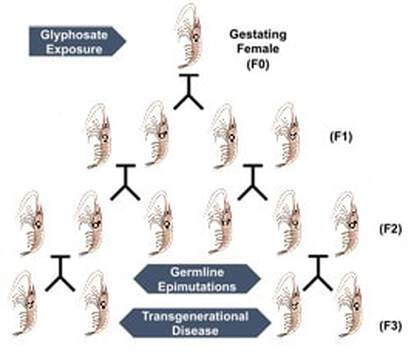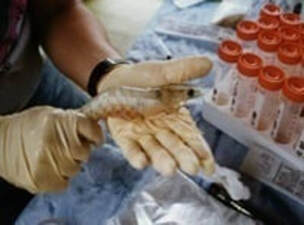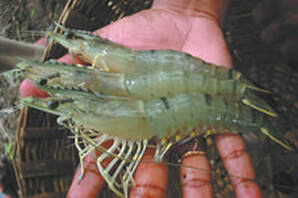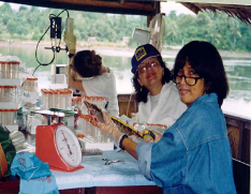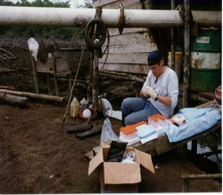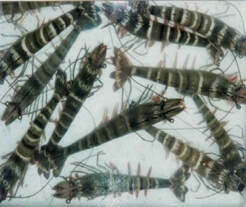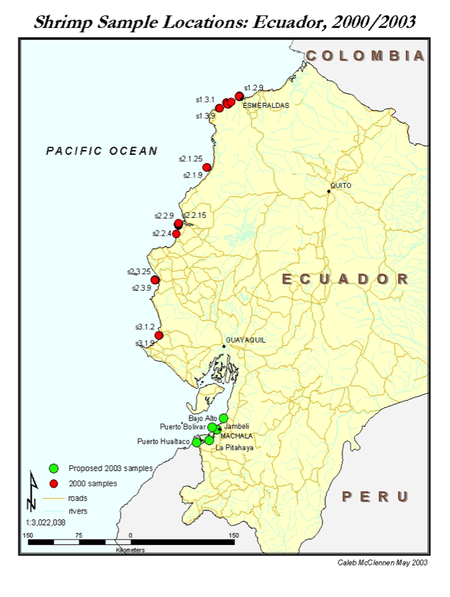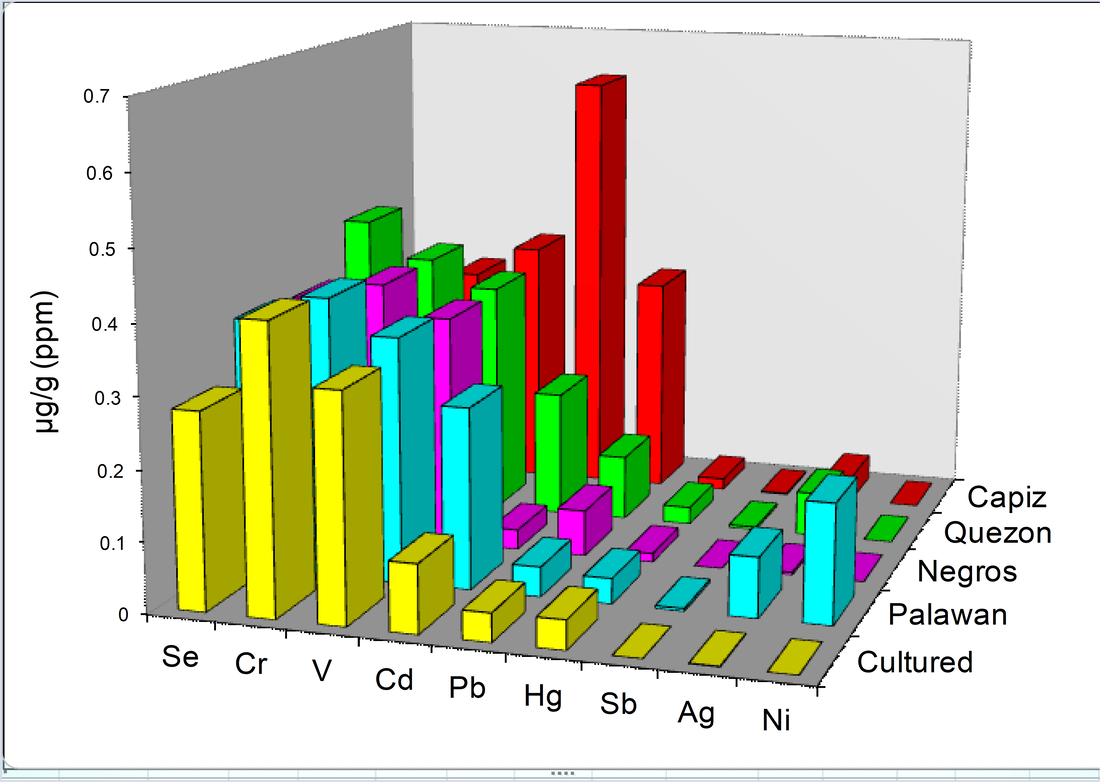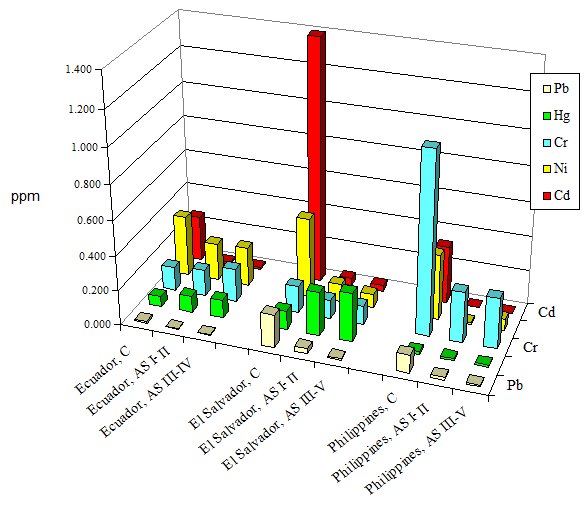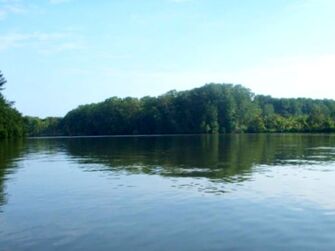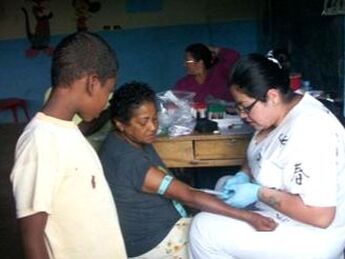- HOME
- SERVICES
-
ONE HEALTH Epigenomics and Microbiomes, From Soil to People
-
ONE HEALTH PROJECTS
>
- THE MANGROVE EPIGENOME (MangroveENCODE) PROJECT >
-
THE SHRIMP EPIGENOME (ShrimpENCODE) PROJECT
>
- penaeid shrimp genomes
- pilot genome sequence of first SPF Penaeus vannamei
- epigenetic genes of shrimp
- transposable elements of Penaeus vannamei
- contaminants of wild and farmed shrimp (metals, glyphosate, Bt, EDCs)
- glyphosate-free shrimp feeds
- transgenerational toxicological effects of glyphosate on shrimp
- THE COASTAL PEOPLE EPIGENOME (ChildrenENCODE) PROJECT >
-
ONE HEALTH PROJECTS
>
- ONE HEALTH NEWS!
- PUBLICATIONS
- MEETINGS - ADWARDS
- CONTACT US
|
The goal of ShrimpENCODE project is to identify economically important traits such as resistance to bacterial (AHPND) and viral diseases (WSSV, IHHNV, TSV), resilience to environmental stress, high growth and reproduction using the genome sequence assembly of the first specific pathogen-free (SPF) Penaeus (Litopenaeus) vannamei produced and domesticated by the breeding program of the U.S. Marine Shrimp Farming Program (USMSFP). The genome size of SPF shrimp is ~2.87Gb. A pilot genome sequence has been produced and has been useful to characterize 300 repetitive sequences, transposable elements expansion (like Gypsy-4_LVa), endogenous viruses (Nimav-1_LVa, WSSV-EVE, IHHNV-EVE) and chimeric TSV gene. A public, continuous, fully assembled genome sequence for the first SPF P. vannamei is urgently needed to understand genome evolution; inbreeding effects and genome rearrangements affecting shrimp production traits.
|
The ShrimpENCODE session at the 113th meeting of the National Shellfisheries Association (NSA) will address international efforts to identify economically important traits using the first draft genome sequence assembly (reference ASM378908v1; 1.6Gb) from an adult male Penaeus vannamei breed: Kehai No.1 farmed in China. The following topics will be presented: 317 transposable elements of the original SPF shrimp from the USA; non-canonical epigenetic system of bacterial origin; crustacean hyperglycemic hormone (CHH) in molting and male sexual differentiation, CHH gene in the endogenous nimavirus Nimav-1_LVa; gut microbiota of P. vannamei, differences between plant and animal-based diet; Fem-1 antisense transcript and sexual development; sex-markers for shrimp, sex-biased genes, bacterial genes in the shrimp genome, homology of NonLTR-1_LVa non-LTR retrotranspon of SPF L. vannamei to NLRS non-LTR retrotransposon associated with abdominal segment deformity disease (ASDD) of farmed shrimp; NonLTR-1_LVa expression in ovaries before and after eyestalk ablation, transcriptomics on WSSV- and AHPND-challenged P. monodon; horizontal plasmid transfer between Vibrio parahaemolyticus as a novel mechanism for genetic exchange and environmental adaptation mediated by the insertion sequence ISVal1; black gill disease syndrome, 30 metals in shrimp, transcriptome from hepatopancreas of control and cadmium-treated postlarvae stage 42 (PL42), population growth of wild Penaeids in Chesapeake Bay, and transgenerational epigenetic inheritance (TGEI) of shrimp exposed to glyphosate.
Here you can find some of the ShrimpENCODE Projects
learn more about our others
ONE HEALTH PROJECTS
THE MANGROVE
|
THE COASTAL PEOPLE EPIGENOME |
- HOME
- SERVICES
-
ONE HEALTH Epigenomics and Microbiomes, From Soil to People
-
ONE HEALTH PROJECTS
>
- THE MANGROVE EPIGENOME (MangroveENCODE) PROJECT >
-
THE SHRIMP EPIGENOME (ShrimpENCODE) PROJECT
>
- penaeid shrimp genomes
- pilot genome sequence of first SPF Penaeus vannamei
- epigenetic genes of shrimp
- transposable elements of Penaeus vannamei
- contaminants of wild and farmed shrimp (metals, glyphosate, Bt, EDCs)
- glyphosate-free shrimp feeds
- transgenerational toxicological effects of glyphosate on shrimp
- THE COASTAL PEOPLE EPIGENOME (ChildrenENCODE) PROJECT >
-
ONE HEALTH PROJECTS
>
- ONE HEALTH NEWS!
- PUBLICATIONS
- MEETINGS - ADWARDS
- CONTACT US

